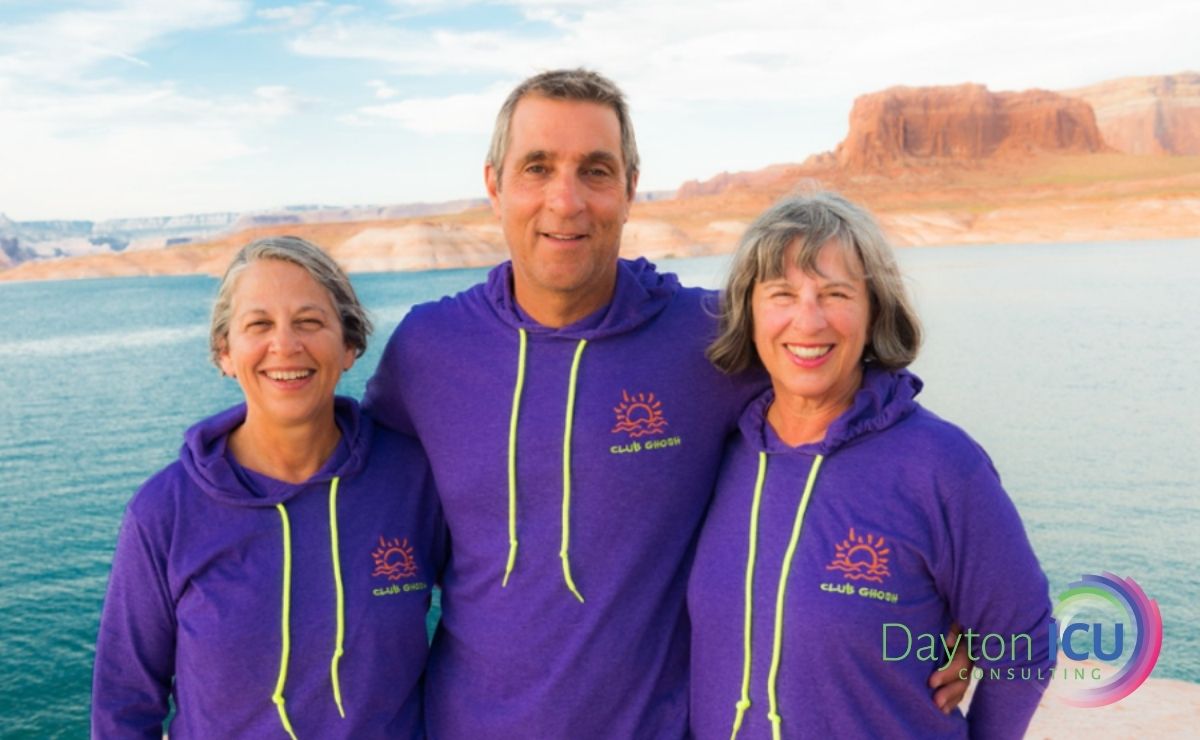In my haste to convey the horror experienced by so many patients who have been sedated and immobilized in the ICU, the case studies I’ve published have not had particularly happy endings.
So far, the cases I’ve detailed have involved either the patient dying, being traumatized by the delirium they suffered while under sedation, or otherwise having to walk a long, long road to recovery.
That being said, I figured it would be a good idea to start publishing more positive stories of how evidence-based practices have actually helped to improve patient outcomes in the intensive care unit.
I think up until this point, I’ve overlooked how important these happy endings can be for putting things into perspective for people.
They provide additional context, offer an encouraging contrast to offset all the tragedy, and work to illustrate where I would like things to go in terms of how ICU patients are treated.
The case I’m about to describe involves a man whose experience in the ICU offers a poignant example of how evidence-based practices can improve ICU patient outcomes.
If he’d been subjected to the treatment typical of most intensive care units, the outcome of his ICU stay would have been much different, and it probably would have been for the worse.
Luckily for him, things didn’t turn out that way, and the evidence-based care he received has allowed him to resume the quality of life he enjoyed before he was admitted to the ICU.
The man I’m referring to is Dr. Kenneth Hurwitz, and this is his story.
How Evidence-Based Care Ensured Greater Quality of Life for Kenneth
Kenneth was admitted to the high acuity Awake and Walking COVID ICU after being intubated for acute respiratory failure due to COVID-19.
During his first six days on the ventilator, he was able to remain awake and walk around his room. Still, he spent most of his time sitting in a chair, writing on a board, and texting the staff and his wife.
When his status changed and his lungs became worse, he was lightly sedated while proned for two days, and then deeply sedated for another six days because he was unable to oxygenate while being on his back.
After eight days of immobility, including two days of paralysis and four additional days of sedation and delirium, Kenneth returned to a world of weakness and hallucinations.
But as soon as he could be on his back, the nurse gave him a sedation vacation to see if he could oxygenate with movement.
When it was clear that despite his continued high ventilator settings and delirium, he was able to oxygenate while moving his limbs, his nurse recognized there was no longer an indication for sedation. At this point, she discontinued his sedation and called in physical therapy to help with his delirium and agitation. They promptly started to sit him up and began working on getting him back on his feet again.
After being liberated from sedation, he continued to have delusions and hallucinations. But luckily, mobility and engagement within the ICU helped him to cope and emerge from his delirium.
As you can see from the photos below, the ICU team members who treated Kenneth are dedicated to adhering to these kinds of evidence-based practices, and they did whatever they could to help him remain awake and mobile during his time on the ventilator.
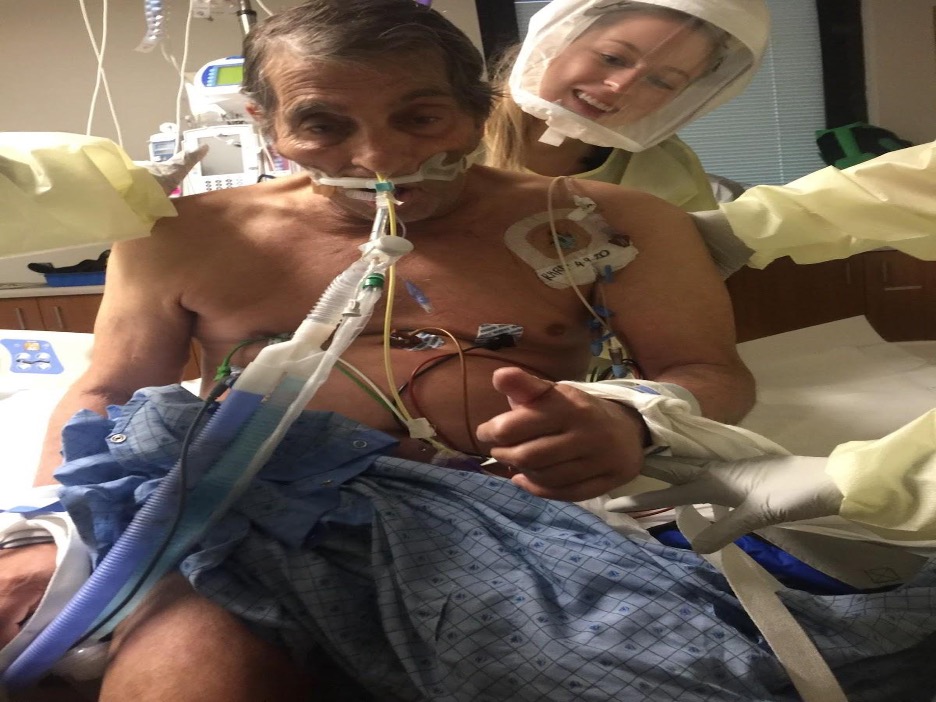
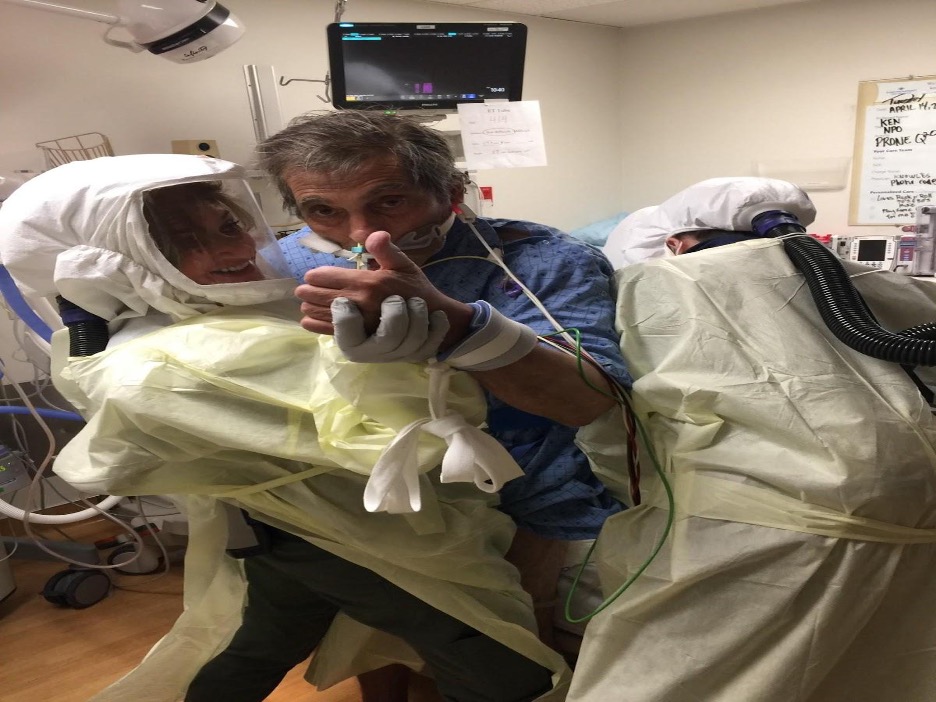
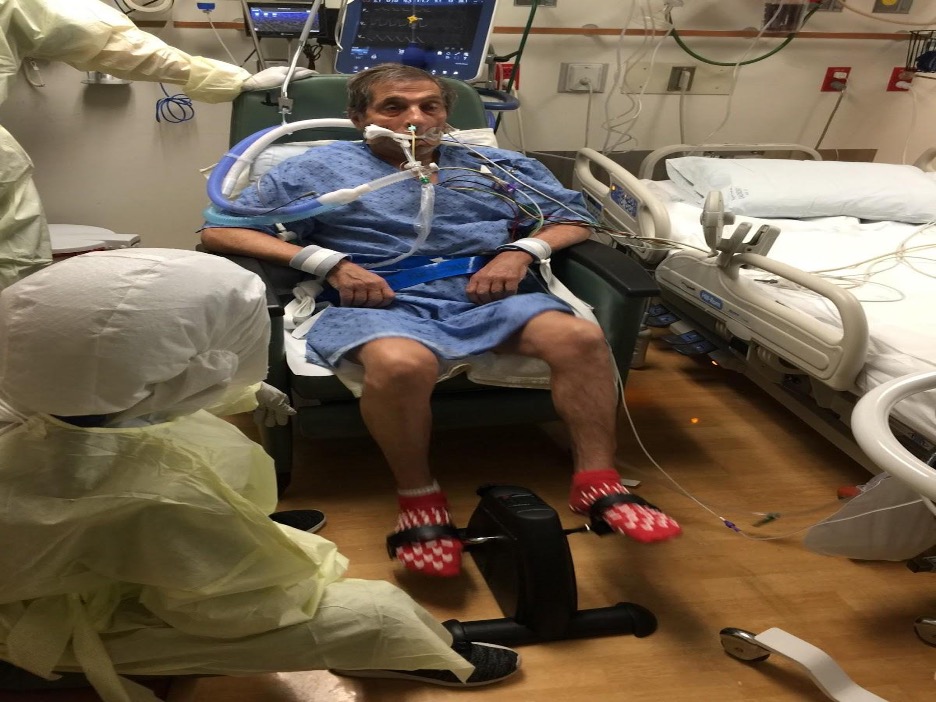
The ICU team members who treated Kenneth mourned the loss of the opportunity to walk the halls with their intubated patients.
But as you can see from the image above, they found other ways to keep Kenneth moving, including walking wall-to-wall within the room, as well as arm and hand cycling.
Utilizing this cardiopulmonary challenge from ICU admission to discharge helps to prevent intubation and tracheostomies, and makes patients more likely to walk out of the ICU doors and eventually discharge home from the hospital.
That being said, if Kenneth had received the kind of care practiced in most ICUs, which would have included deep sedation and immediate immobility from the moment he was intubated, he would have spent at least three weeks suffering from delirium and muscular atrophy.
This probably would have caused him to be unable to wean from the ventilator, which could have led to him facing a tracheostomy, spending many more days or weeks being ventilated, and guaranteed, he would have had to be admitted to some sort of nursing facility for extensive rehabilitation.
This would have greatly increased his risks of death, and having to suffer through weeks or months of rehabilitation, at best.
But as a result of the evidence-based care he received, four days after being able to lie on his back again, he was also able to be off the ventilator. Then, ten days after getting off the ventilator, he walked himself to his car, shut the door, and didn’t look back.
He has continued to recover at home, and fortunately, has been able to care for himself and be in the company of his wife.
In addition, he has been able to quickly resume the activities he enjoyed before he was ever struck by COVID.
If you want to hear more about Kenneth’s story, you can check out Episode 44 of my Walking Home From The ICU podcast.
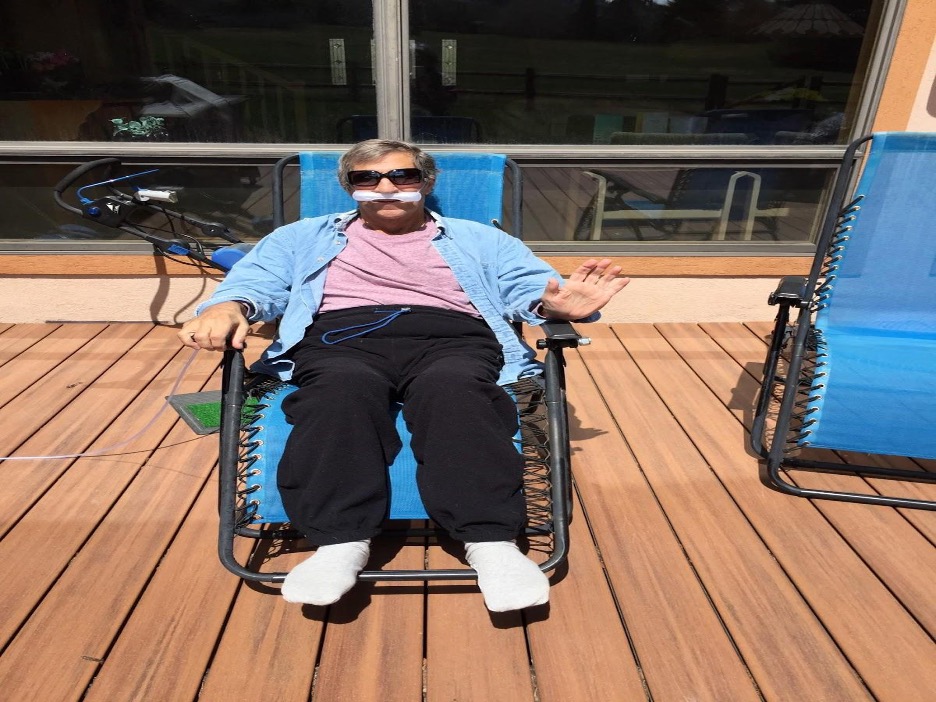
How is Kenneth Doing Now?
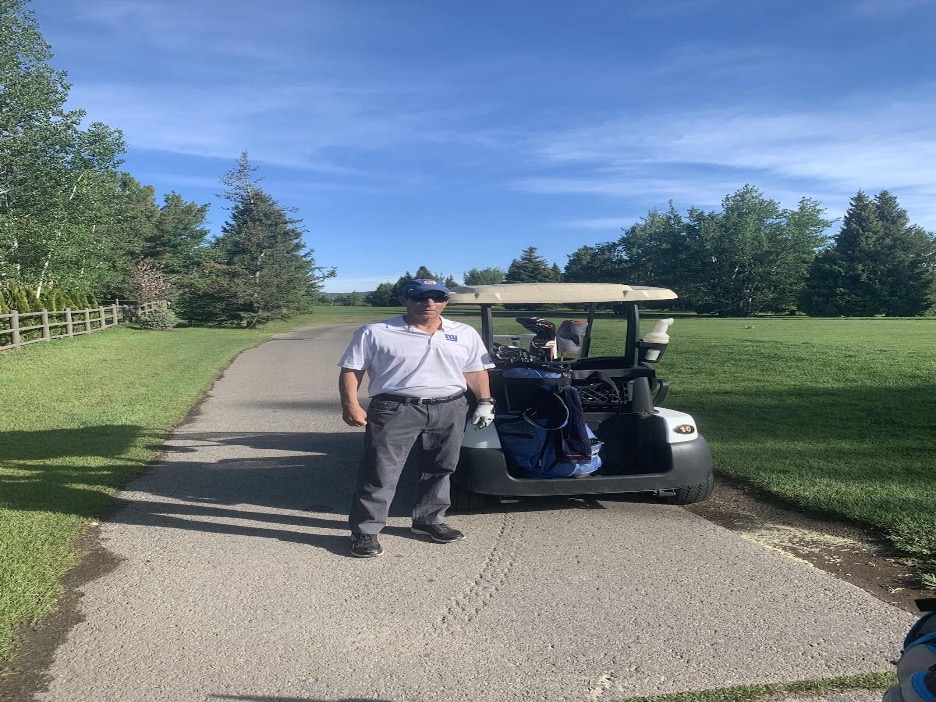
Less than six weeks after leaving the hospital, Kenneth was able to do 25 push-ups and 30 sit-ups. He was also able to achieve the goal he set for his 70th birthday and ended up golfing 18 holes.
Two months after discharging home, he was able to walk eight miles on the golf course. And a few months later, he was back to gracefully gliding down the mountains in the Utah snow.
He is still battling pulmonary fibrosis from COVID-19, but the preservation of his physical and mental capacity has enabled him to live a life that many severe COVID-19 survivors could only dream of.
If Kenneth had been subjected to the kind of treatment that’s typical in most ICUs, I have no doubt that things would have been very different, and he wouldn’t have the quality of life he’s able to enjoy today.
In any case, his positive outcomes and long-term quality of life are no accident.
They were realized by the hard work of a team dedicated to following evidence-based practices by avoiding deep sedation and optimizing early ambulation and mobility.
Such outcomes have been the norm for most COVID survivors in this Awake and Walking COVID ICU.
However, the ability to save and preserve lives during critical illness is not exclusively owned by one ICU.
Medicine is a field of evolution and progress, and the practices and outcomes I’ve described in this case study are possible for any ICU team that understands its “why” and works together to find its “how”.
Do you want to know more about how evidence-based practices can reduce ICU complications, and improve patient outcomes in the intensive care unit in your hospital? If your ICU team is ready to improve outcomes, workload, and healthcare costs, we’re ready to help. We can walk you through the entire process, so please don’t hesitate to contact us.
